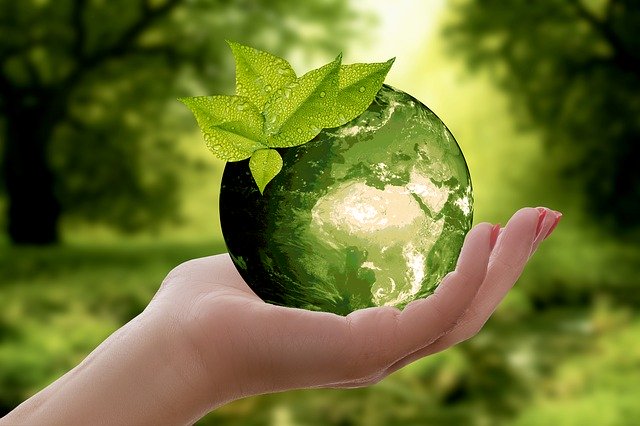Now more than ever is a great time to be learning about the world around you. Rather than feeling restless while at home during the COVID-19 outbreak, why not use this time instead to find out more about the environment? This guide explains which metals are recyclable. Let’s start with the two classifications.
Ferrous vs. Non-Ferrous
The two categories of metals are ferrous and non-ferrous. Firstly, the ferrous type combines iron with carbon.
Ferrous Metals
Some ferrous examples are:
- Alloy steel
- Wrought iron
- Cast iron
- Carbon steel
- Stainless steel
Amazingly, recycled steel is as strong as new steel formed from virgin ore!
As the ferrous varieties contain carbon, they are more likely to rust than non-ferrous, with the exceptions of stainless steel and wrought iron. They also tend to have magnetic behaviour, which makes them handy for using in large motors.
Non-Ferrous Metals
As for the non-ferrous varieties, they do not include iron. Common examples are:
- Copper
- Nickel
- Tin
- Aluminium
- Lead
- Brass
While they are as strong as the ferrous metals, the non-ferrous ones have certain qualities that make them preferable in many applications.
For example, as they have no iron, non-ferrous metals are highly resistant to rust and deteriorate over time. These types of metals are therefore often used for cans, roofs, aeroplanes, and more.
Non-ferrous ones are also lighter than ferrous, which makes them ideal when being light in weight is more important than strength.
Why Recycle Scrap Metal?
Now that you know the common types of recycled scraps, you’re likely wondering why it’s important to recycle them. Firstly, reusing the materials means that less new products are produced.
Secondly, there is less demand for new mining for metals when they are being reused multiple times. The recycled scraps can be manufactured into new items, such as home appliances.
Recycling steel scraps from industrial, commercial and domestic customers to create a better world for generations is what Norstar does well. They provide both ferrous and non-ferrous metals for resale through several different methods, from sorting to oxy cutting.
Steel recycling helps to conserve natural resources as it reduces greenhouse gas emissions and utilizes less energy than crafting new metal from ore. Steel metal recovery rates are higher with the help of advanced technologies used by centres like Norstar.
Some modern artwork is also made of scrap metal, which provides a new use for the scrap metal. With some creativity, gorgeous welded sculptures and wall hangings can be made.
Providing this innovative use for old car parts and other items is an exciting trend. It could be the future for many who love to craft.
Which Metals are not Recyclable?
While many metals can be recycled, not all of them are suitable. In some instances, for example, metal cannot be accepted for reuse because it possibly contains toxic materials.
A few examples of potentially toxic metals are:
- Paint cans
- Motor oil cans
- Pots and pans
- Specific vehicle parts
Conclusions on Recycling Metal
Two car and truck parts that cannot be recycled, for example, are batteries and GPS systems. However, many metals can be brought into specialized centres for recycling. Now you know more about the environmentally-friendly properties of several types of metals!




